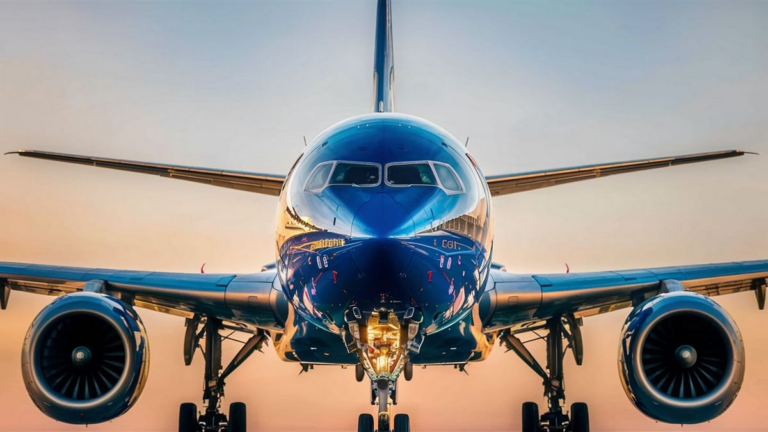In the realm of aviation, safety is paramount and scrutinizing the airworthiness of aircraft becomes a focal point for both industry experts and the general public. In recent years, the Boeing 737 Max has been under intense scrutiny, raising questions and concerns about its safety. Let’s delve into the complexities surrounding the safety of the Boeing 737 Max and explore the measures taken to address potential issues.
The Boeing 737 Max: Background
The Boeing 737 Max, introduced to enhance fuel efficiency and performance, faced a significant setback with the tragic crashes of Lion Air Flight 610 and Ethiopian Airlines Flight 302. These incidents prompted a global grounding of the aircraft and triggered extensive investigations into its design and systems.
Addressing Design Flaws and System Improvements
Following the incidents, Boeing initiated a comprehensive review of the aircraft’s design and implemented significant changes. The Maneuvering Characteristics Augmentation System (MCAS), a key point of concern, underwent substantial modifications to prevent any recurrence of the issues identified in the crashes. Additionally, Boeing collaborated with aviation authorities worldwide to ensure that all necessary adjustments were made to enhance the aircraft’s safety.
Regulatory Oversight and Certification
The Federal Aviation Administration (FAA) and other aviation regulatory bodies worldwide play a pivotal role in ensuring the safety of aircraft. The Boeing 737 Max underwent a rigorous recertification process, with authorities thoroughly evaluating the modifications made by Boeing. The fact that regulatory agencies have allowed the resumption of 737 Max operations is a testament to the extensive scrutiny and improvements implemented.
Ongoing Monitoring and Continuous Improvement
Boeing continues to prioritize safety through ongoing monitoring and continuous improvement processes. The aviation industry is dynamic, and manufacturers regularly update and refine their aircraft to meet evolving safety standards. Boeing’s commitment to proactive measures ensures that the Boeing 737 Max remains at the forefront of safety in commercial aviation.
While past incidents have cast a shadow on the Boeing 737 Max, the extensive redesign, collaboration with regulatory authorities, and ongoing commitment to safety have positioned the aircraft on a path to regain trust. As aviation technology advances, the industry collectively learns from challenges and strives for enhanced safety standards. The Boeing 737 Max, with its improvements and regulatory approvals, stands as a testament to the aviation industry’s dedication to ensuring the safety of passengers and air travel.
Frequently Asked Questions
Amidst concerns about the Boeing 737 Max, several frequently asked questions arise to address the ongoing discourse and efforts to enhance safety in aviation:
- Q1: What were the specific design flaws in the Boeing 737 Max that led to the crashes?
- A1: The crashes were linked to issues with the Maneuvering Characteristics Augmentation System (MCAS), which was designed to improve handling characteristics but faced malfunctions.
- Q2: How has Boeing collaborated with global aviation authorities to address safety concerns?
- A2: Boeing engaged in extensive collaboration, sharing data and implementing modifications based on feedback from regulatory bodies worldwide to ensure comprehensive safety enhancements.
- Q3: What role did regulatory oversight play in the recertification of the Boeing 737 Max?
- A3: Regulatory bodies, notably the Federal Aviation Administration (FAA), conducted a thorough review and recertification process, ensuring that the necessary modifications met stringent safety standards.
- Q4: How does Boeing ensure continuous monitoring and improvement for the Boeing 737 Max?
- A4: Boeing maintains a commitment to ongoing monitoring, implementing continuous improvement processes to keep pace with evolving safety standards and technology in the aviation industry.
Technological Advancements in Aircraft Safety
Beyond the specific case of the Boeing 737 Max, the aviation industry is witnessing continuous technological advancements aimed at enhancing overall aircraft safety. Innovations in materials, communication systems, and automation contribute to making air travel even safer for passengers worldwide.
See also:






